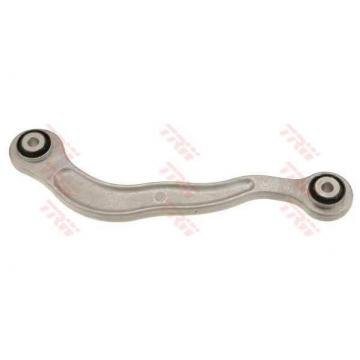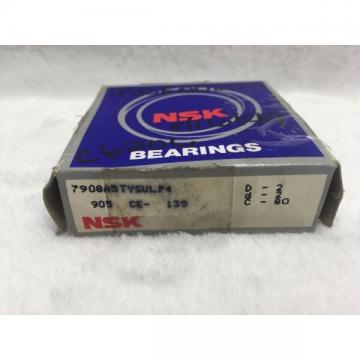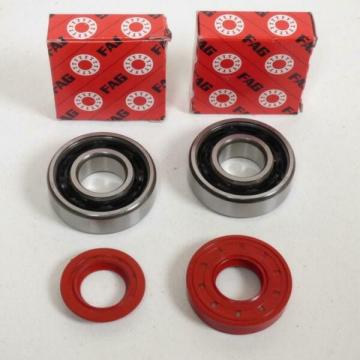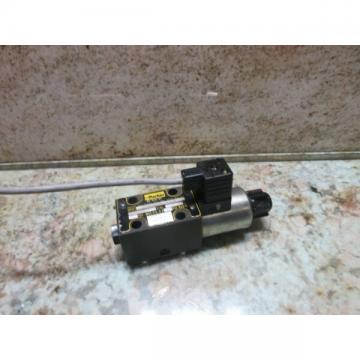All Categories
View All >Featured Products
Our Manufacturer with main products: Timken bearing, TRW bearing, Nippon bearing
-
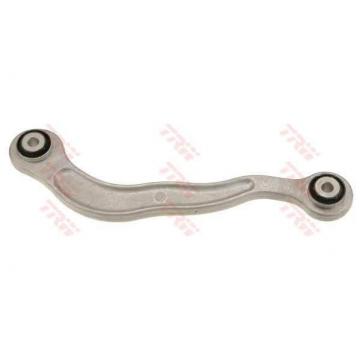 Handlebar Suspension-TRW jtc1353
Handlebar Suspension-TRW jtc1353
-
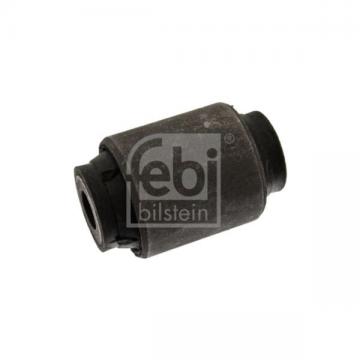 Febi Bilstein Control Arm -/Trailing Arm Bush 12927
Febi Bilstein Control Arm -/Trailing Arm Bush 12927
-
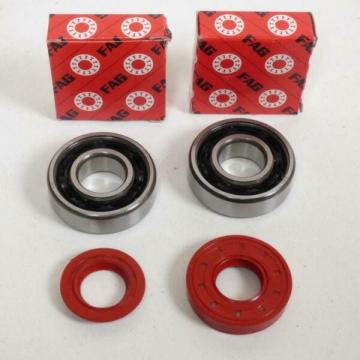 Storage Gardens 6204 Polyamide Gasket SPI Racing Crankshaft Roller Yamaha 50 why
Storage Gardens 6204 Polyamide Gasket SPI Racing Crankshaft Roller Yamaha 50 why
-
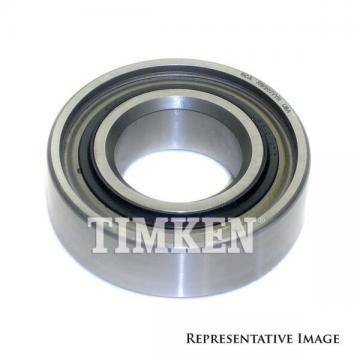 Wheel Bearing Timken 511014
Wheel Bearing Timken 511014
-
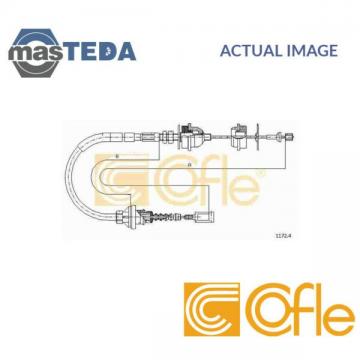 COFLE CLUTCH CABLE RELEASE 11724 P NEW OE REPLACEMENT
COFLE CLUTCH CABLE RELEASE 11724 P NEW OE REPLACEMENT
-
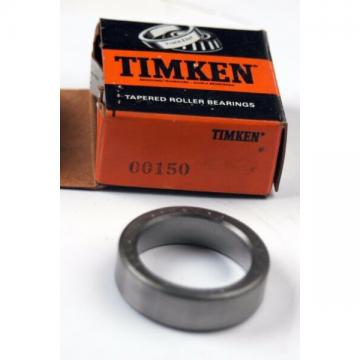 00150 TIMKEN TAPERED ROLLER BEARING CUP ONLY (A-1-3-1-2)
00150 TIMKEN TAPERED ROLLER BEARING CUP ONLY (A-1-3-1-2)
-
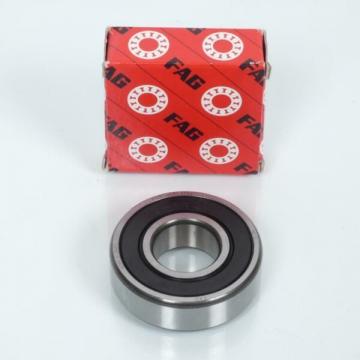 Wheel bearing FAG Motorrad Yamaha 125 Dt Lc 1982-1983 20x47x14 / AVG / AVD New
Wheel bearing FAG Motorrad Yamaha 125 Dt Lc 1982-1983 20x47x14 / AVG / AVD New
-
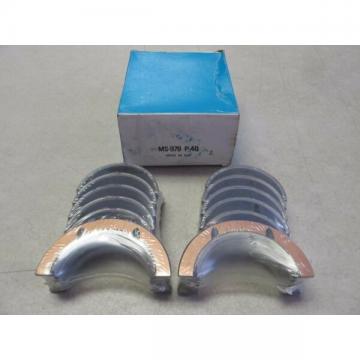 TRW MS-979P-40 Engine Main Bearing Set fits FORD 240-300
TRW MS-979P-40 Engine Main Bearing Set fits FORD 240-300
-
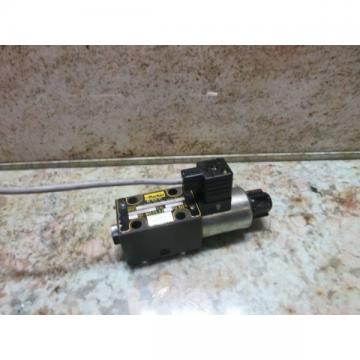 PARKER VALVE D1VW9HNJWF75X4595 24 V/HZ
PARKER VALVE D1VW9HNJWF75X4595 24 V/HZ
-
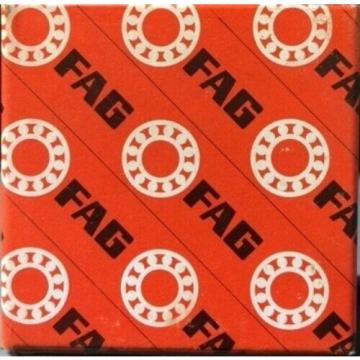 FAG 1209K SELF ALIGNING BEARING
FAG 1209K SELF ALIGNING BEARING
-
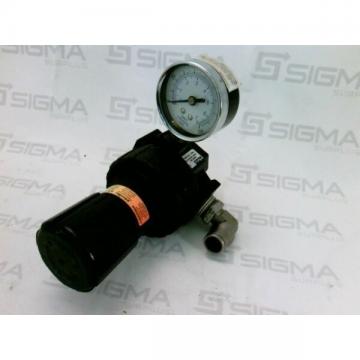 Parker 06R313AC Regulator with 100 PSI Gauge
Parker 06R313AC Regulator with 100 PSI Gauge
-
 New ListingFor 1987-1989 GMC R2500 Wheel Bearing Rear Timken 78796QM 1988
New ListingFor 1987-1989 GMC R2500 Wheel Bearing Rear Timken 78796QM 1988
-
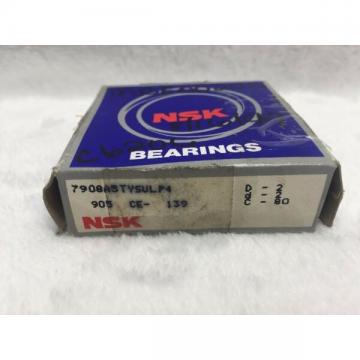 NSK 7908A5TYSULP4 Precision Angular Contact Ball Bearing 40x62x12
NSK 7908A5TYSULP4 Precision Angular Contact Ball Bearing 40x62x12
-
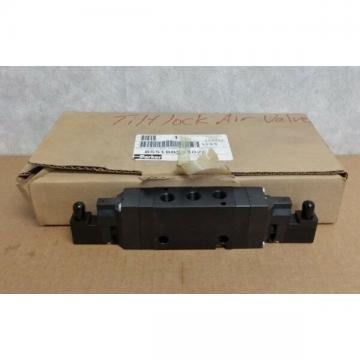 Parker B551BB549C Air Control Valve
Parker B551BB549C Air Control Valve
-
 Torrington M10121 OH, Closed End Needle Roller Bearing w Oil Hole (Timken, Koyo)
Torrington M10121 OH, Closed End Needle Roller Bearing w Oil Hole (Timken, Koyo)
-
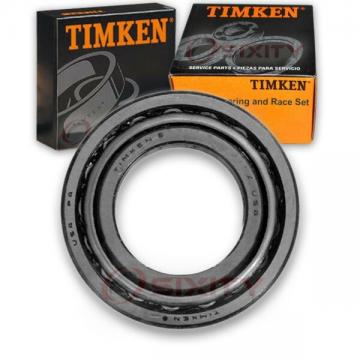 Timken Rear Outer Wheel Bearing & Race Set for 2002-2006 Chevrolet Avalanche kk
Timken Rear Outer Wheel Bearing & Race Set for 2002-2006 Chevrolet Avalanche kk
-
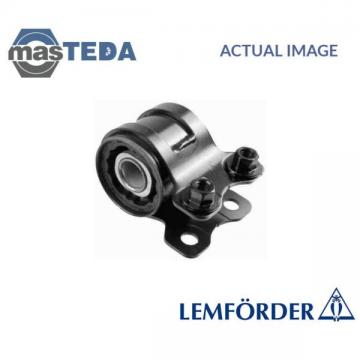 LEMFÖRDER REAR CONTROL ARM WISHBONE BUSH 30801 01 I NEW OE REPLACEMENT
LEMFÖRDER REAR CONTROL ARM WISHBONE BUSH 30801 01 I NEW OE REPLACEMENT
-
 Wheel bearing FAG Honda Motorcycle 500 Cbf Abs 2004-2007 20x47x14 / ARG / ARD
Wheel bearing FAG Honda Motorcycle 500 Cbf Abs 2004-2007 20x47x14 / ARG / ARD
-
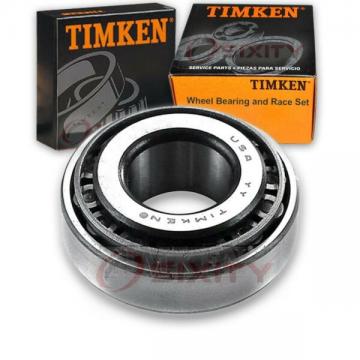 Timken Front Outer Wheel Bearing & Race Set for 1967-1971 Plymouth GTX pc
Timken Front Outer Wheel Bearing & Race Set for 1967-1971 Plymouth GTX pc
-
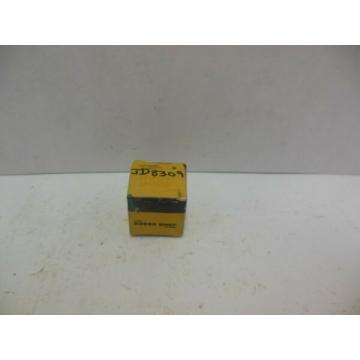 ROLLER BEARING OUTER RACE SLEEVE JD8309 NOS JOHN DEERE
ROLLER BEARING OUTER RACE SLEEVE JD8309 NOS JOHN DEERE
-
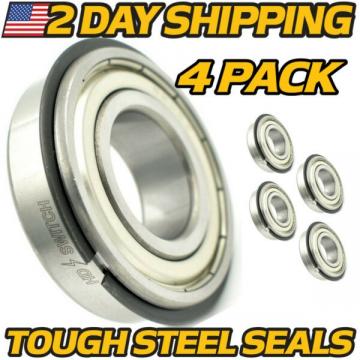 (4 Pk) Front Wheel Bearings John Deere 325 330 335 345 415 420 425 445 455, 25mm
(4 Pk) Front Wheel Bearings John Deere 325 330 335 345 415 420 425 445 455, 25mm
-
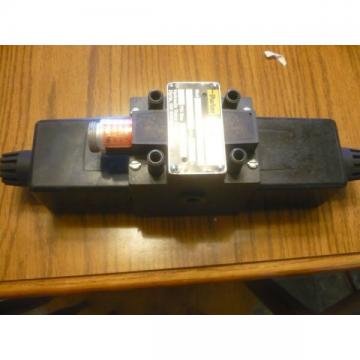 New Parker D3W4CNJC56 14 Hydraulic Valve RUSTY BASE
New Parker D3W4CNJC56 14 Hydraulic Valve RUSTY BASE
-
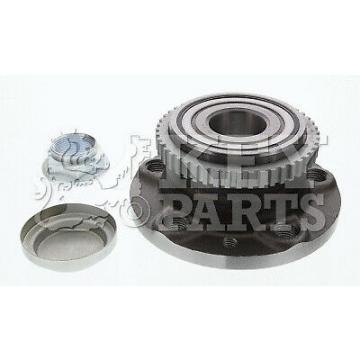 CITROEN DISPATCH U6U Wheel Bearing Kit Rear 2.0 2.0D 99 to 06 KeyParts 335028
CITROEN DISPATCH U6U Wheel Bearing Kit Rear 2.0 2.0D 99 to 06 KeyParts 335028
-
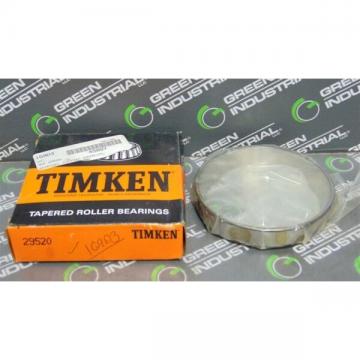 NEW Timken 29520 Tapered Roller Bearing Cup
NEW Timken 29520 Tapered Roller Bearing Cup
-
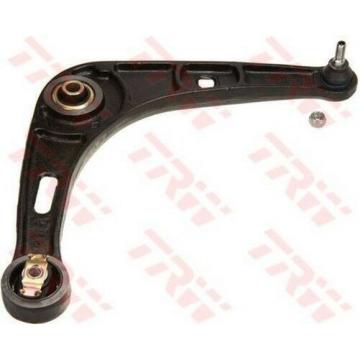 JTC912 TRW WISHBONE BOTTOM Va Right
JTC912 TRW WISHBONE BOTTOM Va Right
-
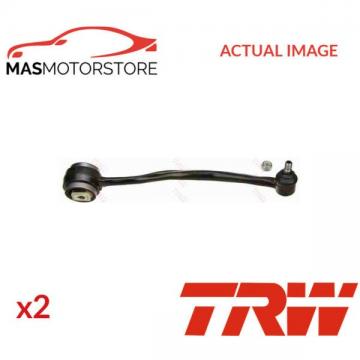 2x JTC127 TRW LH RH TRACK CONTROL ARM PAIR I NEW OE REPLACEMENT
2x JTC127 TRW LH RH TRACK CONTROL ARM PAIR I NEW OE REPLACEMENT
-
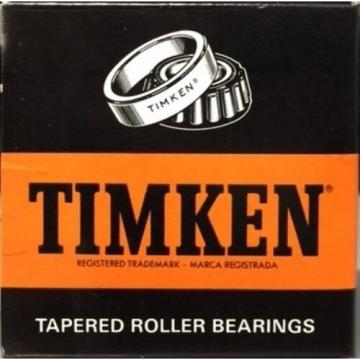 TIMKEN 466S TAPERED ROLLER BEARING, SINGLE CONE, STANDARD TOLERANCE, STRAIGHT...
TIMKEN 466S TAPERED ROLLER BEARING, SINGLE CONE, STANDARD TOLERANCE, STRAIGHT...
-
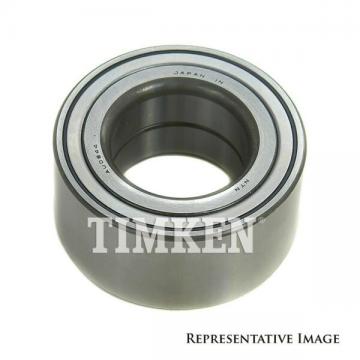 Wheel Bearing Front Timken WB000026 fits 09-13 Mazda 6
Wheel Bearing Front Timken WB000026 fits 09-13 Mazda 6
-
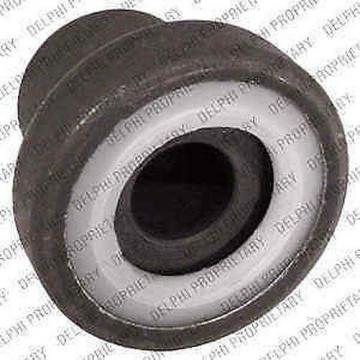 Delphi FRONT REAR UPPER WISHBONE BUSHING WISHBONE Td780w - 5 years
Delphi FRONT REAR UPPER WISHBONE BUSHING WISHBONE Td780w - 5 years
-
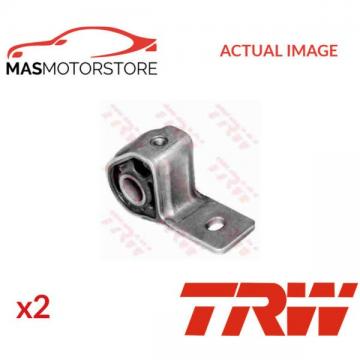 2x JBU116 TRW OUTER CONTROL ARM WISHBONE BUSH PAIR I NEW OE REPLACEMENT
2x JBU116 TRW OUTER CONTROL ARM WISHBONE BUSH PAIR I NEW OE REPLACEMENT
-
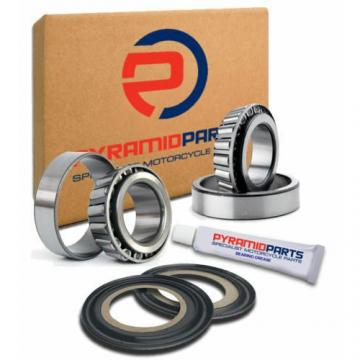 Yamaha XT600 N/H 84-86 Steering Head Stem Bearings
Yamaha XT600 N/H 84-86 Steering Head Stem Bearings
-
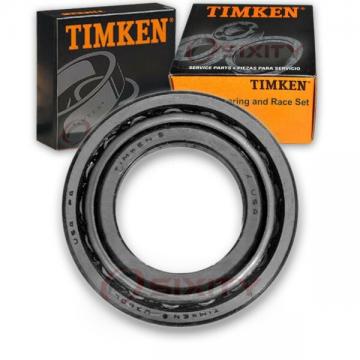 Timken Front Inner Wheel Bearing & Race Set for 1987-1991 GMC R3500 kc
Timken Front Inner Wheel Bearing & Race Set for 1987-1991 GMC R3500 kc
-
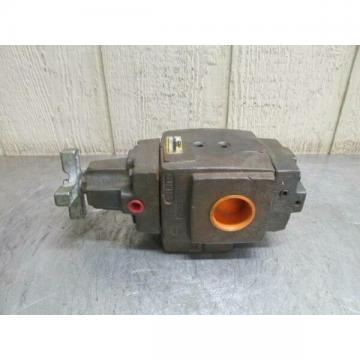 Parker SR10PH Hydraulic Pressure Control Valve NOS
Parker SR10PH Hydraulic Pressure Control Valve NOS
-
 Suzuki RF900 R 94-97 Steering Head Stem Bearings
Suzuki RF900 R 94-97 Steering Head Stem Bearings
-
 Yamaha XT350 85-95 Steering Head Stem Bearings
Yamaha XT350 85-95 Steering Head Stem Bearings
-
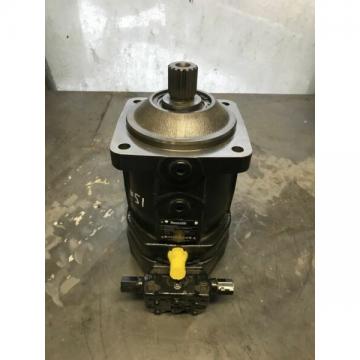 Rexroth Axial Piston Hydraulic Motor R902092108 A6VM80DA1/63W-VZB520b-ES
Rexroth Axial Piston Hydraulic Motor R902092108 A6VM80DA1/63W-VZB520b-ES
-
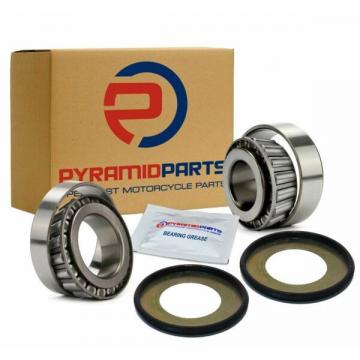 Suzuki GSX400 F 1981-1985 Steering Head Stem Neck Bearings KIT
Suzuki GSX400 F 1981-1985 Steering Head Stem Neck Bearings KIT
-
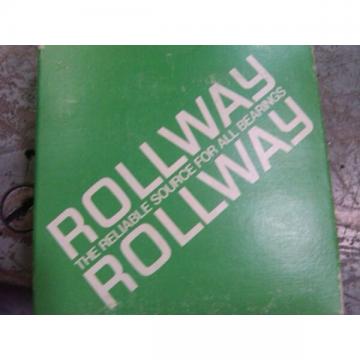 Rollway 22317 MBC3W33 Spherical Roller Bearing
Rollway 22317 MBC3W33 Spherical Roller Bearing
-
 KTM SX 525 Racing 03-06 Steering Head Stem Bearings
KTM SX 525 Racing 03-06 Steering Head Stem Bearings
-
 Wheel bearing FAG Suzuki Motorcycle 350 DR SE 1994-1995 20x47x14 / ARG / ARD New
Wheel bearing FAG Suzuki Motorcycle 350 DR SE 1994-1995 20x47x14 / ARG / ARD New
Timken bearing FAQS
QWhat is wheel bearing?
AA wheel bearing is a set of small steel balls which are held together in a metal ring called a race and help a wheel spin by reducing friction. Wheel bearings ride on a metal axle shaft and fits tightly inside the hub, a hollow piece of metal at the center of the wheel.
QWhat is hydraulic motor?
AA hydraulic motor is a mechanical actuator that converts hydraulic pressure and flow into torque and angular displacement (rotation). The hydraulic motor is the rotary counterpart of the hydraulic cylinder as a linear actuator. Most broadly, the category of devices called hydraulic motors has sometimes included those that run on hydropower (namely, water engines and water motors) but in today's terminology the name usually refers more specifically to motors that use hydraulic fluid as part of closed hydraulic circuits in modern hydraulic machinery.
QWhat is Hydraulic motor types?
AHydraulic motors divide into two fundamental classes: Vane motors and gear motors are simple rotating systems. Their benefits include low initial cost and high rpm. Plunger & piston motors in axial or radial configuration are more complex and made for high quality rotating drive systems. Some axial plunger & piston motors provide adjustable transfer ratio. For an explanation of plunger & piston.
QWhat is uses of hydraulic pumps?
AHydraulic pumps, motors, and cylinders can be combined into hydraulic drive systems. One or more hydraulic pumps, coupled to one or more hydraulic motors, constitute a hydraulic transmission. Hydraulic motors are used for many applications now such as winches and crane drives, wheel motors for military vehicles, self-driven cranes, excavators, conveyor and feeder drives, cooling fan drives, mixer and agitator drives, roll mills, drum drives for digesters, trommels and kilns, shredders, drilling rigs, trench cutters, high-powered lawn trimmers, and plastic injection machines. Hydraulic motors are also used in heat transfer applications.
Hot Searches
- • Wheel Bearing Front Timken WB000026 fits 09-13 Mazda 6 PDF
- • Wheel Bearing Rear Timken 516007 PDF
- • TIMKEN TAPERED BALL BEARING 307KDD PDF
- • Wheel Bearing Timken 510034 PDF
- • Timken 517008 Frt Wheel Bearing PDF
- • NTN NU330 C3 Cylindrical Bearings,Dia~19cm,unused,Jap#4692 PDF
- • Wheel Bearing Timken 6408 PDF
- Timken bearing
- Wheel Bearing Timken 511014
- 00150 TIMKEN TAPERED ROLLER BEARING CUP ONLY (A-1-3-1-2)
- New ListingFor 1987-1989 GMC R2500 Wheel Bearing Rear Timken 78796QM 1988
- TRW bearing
- Handlebar Suspension-TRW jtc1353
- Febi Bilstein Control Arm -/Trailing Arm Bush 12927
- COFLE CLUTCH CABLE RELEASE 11724 P NEW OE REPLACEMENT
- Nippon bearing
- NSK 7908A5TYSULP4 Precision Angular Contact Ball Bearing 40x62x12
- Yamaha XT600 N/H 84-86 Steering Head Stem Bearings
- Yamaha XT350 85-95 Steering Head Stem Bearings
- About Us
- Company Profile
- Contact Info
- Site Map
- Sitemaps


